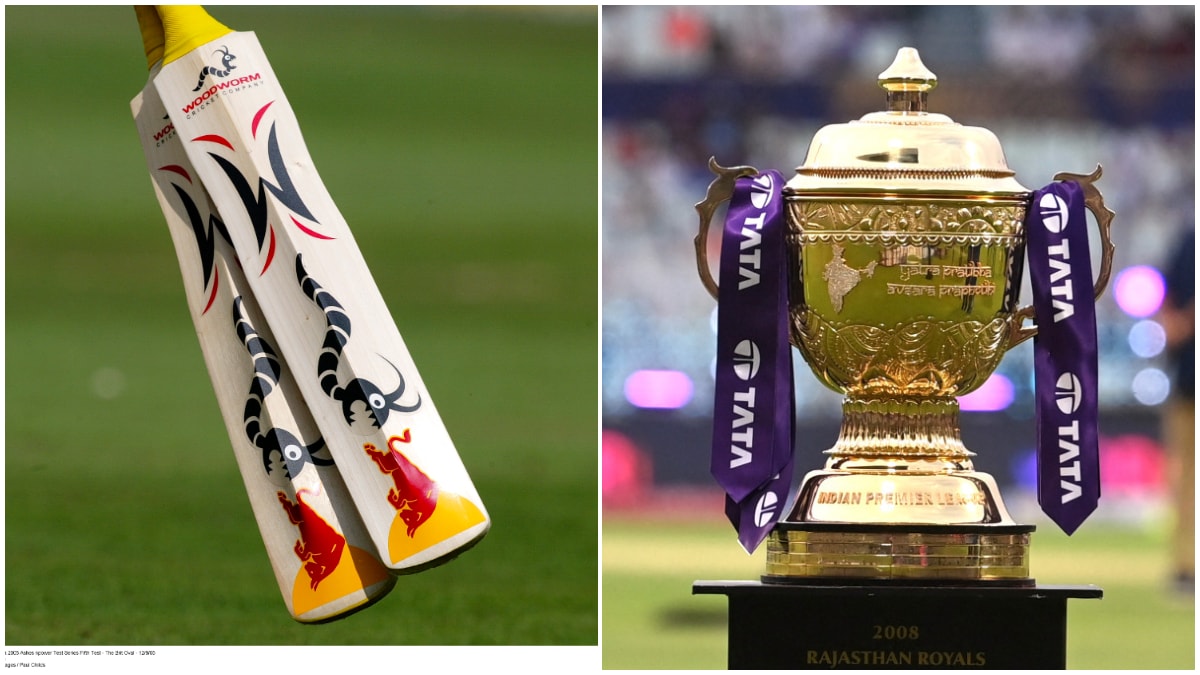The Indian Premier League (IPL) and climate change are reportedly contributing to a shortage of quality cricket bats. Here's how:
Climate Change Impacts Willow Growth
Cricket bats are primarily made from willow wood, specifically English or Kashmir willow. These trees require specific climate conditions to grow properly. Warm summers and cold winters are needed for the trees to strengthen. However, climate change is disrupting these traditional growth patterns.
- Rising Temperatures: Warmer temperatures, especially during winter, can accelerate the growth rate of willow trees, affecting the wood's density and quality. The wood may become less dense and more prone to damage.
- Changes in Rainfall: Altered rainfall patterns, including droughts and floods, can also negatively impact willow plantations. For example, major floods in Kashmir have previously devastated supplies of Kashmir willow.
- Land Use Changes: Some farmers are opting to grow more lucrative timber, such as poplars, instead of willows, further reducing the availability of willow wood.
Increased Demand from the IPL
The IPL has revolutionized cricket, emphasizing power hitting and boundary-clearing shots. This has led to increased demand for bats that are lightweight yet powerful.
- Evolution of Bat Technology: The IPL has driven manufacturers to create bats with bigger sweet spots, lighter weights, and improved grip. This has also popularized the use of innovative materials like carbon fiber and titanium.
- Higher Consumption: Players are potentially buying multiple bats, increasing the demand for willow. This is compounded by the fact that it takes a single tree many years to mature.
- More Manufacturers: The surge in cricket's popularity, fueled by the IPL, has led to more cricket bat manufacturers entering the market, increasing competition for willow.
Potential Solutions and Alternatives
- Sustainable Willow Farming: Efforts to promote sustainable willow farming practices and ensure the long-term availability of quality willow wood are needed.
- Alternative Materials: Research is being conducted into alternative materials for cricket bats, such as bamboo. Bamboo bats can be stronger and more sustainable but may face resistance due to the laws of cricket.
- Promoting Sustainability in Cricket: Organizations like the IPL can promote climate action by prioritizing sustainability, such as using solar power, promoting greener transport, and conducting transparent audits.
The combined effects of climate change and the demands of modern cricket, particularly the IPL, are putting pressure on the supply of quality cricket bats. Addressing these challenges will require a multi-faceted approach involving sustainable farming, material innovation, and a commitment to environmental responsibility within the sport.

